The U.S. Army, Army Contracting Command-New Jersey at Picatinny Arsenal, NJ 07806-5000 is conducting a market survey / sources sought notice on behalf of the Project Manager Soldier Lethality (PMSL) for an M240 6.8mm conversion kit for M240B and/or M240L. Presently, the M240B and M240L machine guns are 7.62mm weapons.
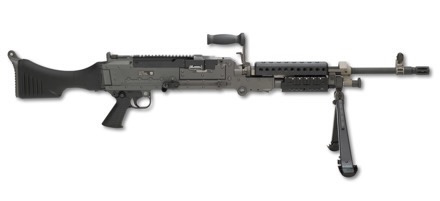
From the RFI:
The conversion kit should include all hardware and instructions needed to modify a standard M240B and/or M240L to fire the 6.8mm ammunition. This will include a new barrel assembly and may include changes to the weapon powering through updates to the gas regulator, drive spring, or other means. The barrel assembly may be either of the standard barrel length (M240B) or short barrel (M240L). Information on 6.8mm ammunition type, specifications, and availability should be provided.
The winner of the US Army’s Next Generation Squad Weapons program to replace the 5.56mm M4 Carbine and M249 SAW with weapons firing 6.8mm for close combat forces (XM5 & XM250) should be announced soon. From the beginning of this effort many have referred to it as an ammunition program. This Army RFI demonstrates the veracity of that claim.
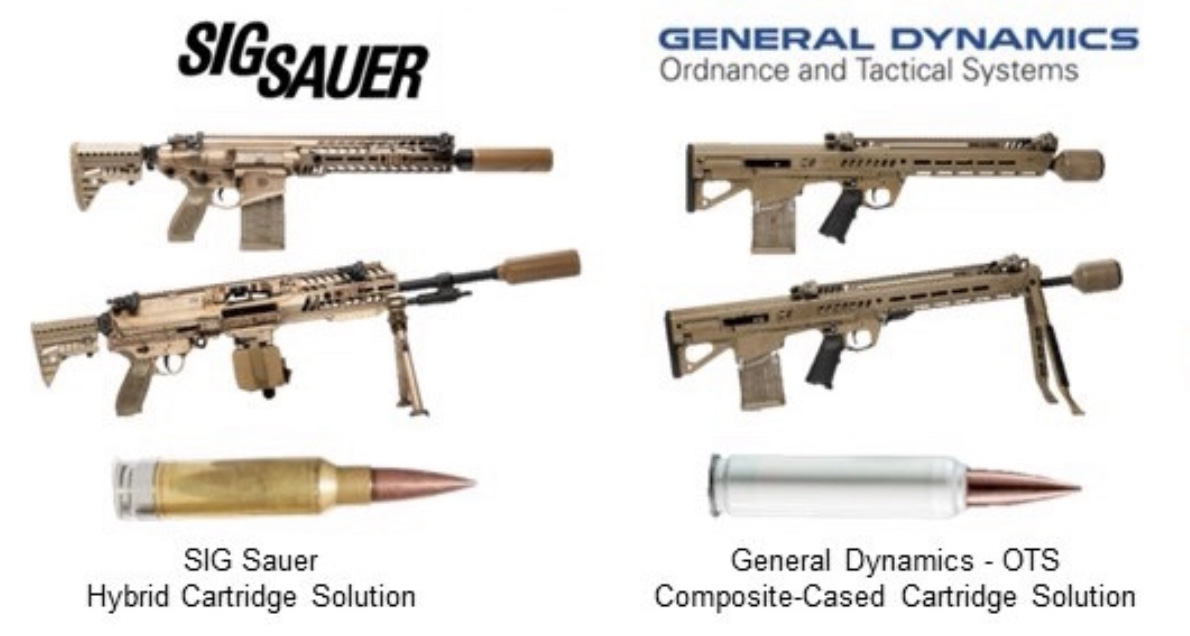
While there have been several different candidate weapons involved, there were three very different ammunition types in the running until late last year. All were developed to meet the Army’s requirement to create what is essentially a 270 WSM but with a 20% weight reduction for both ammo and weapons.
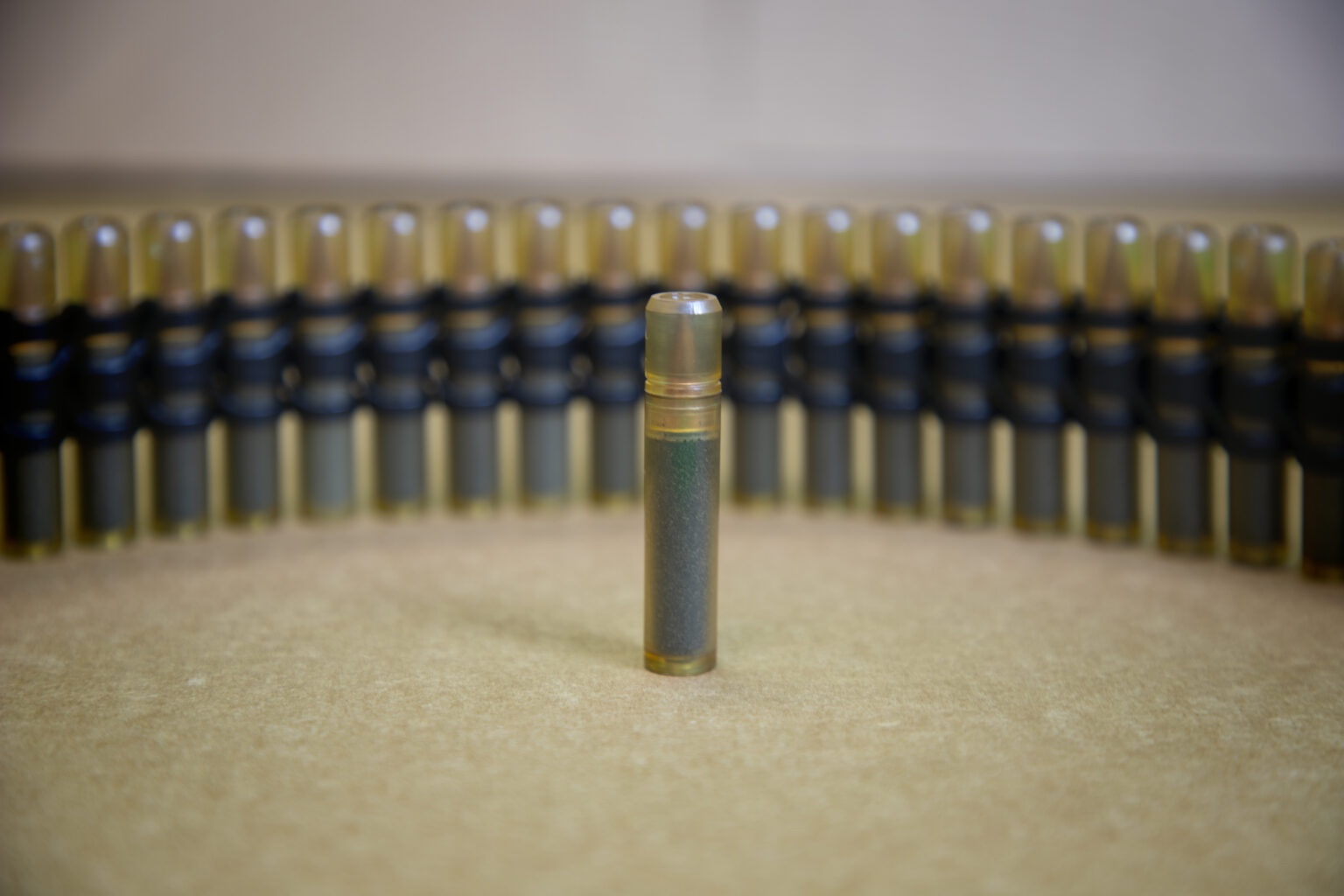
The most radical type of ammunition offered up was the so-called case telescoped cartridge from Textron, a rimless technology with the projectile embedded within the case. They are no longer in the running and such a modification to the M240 desired by the Army would have been impossible.
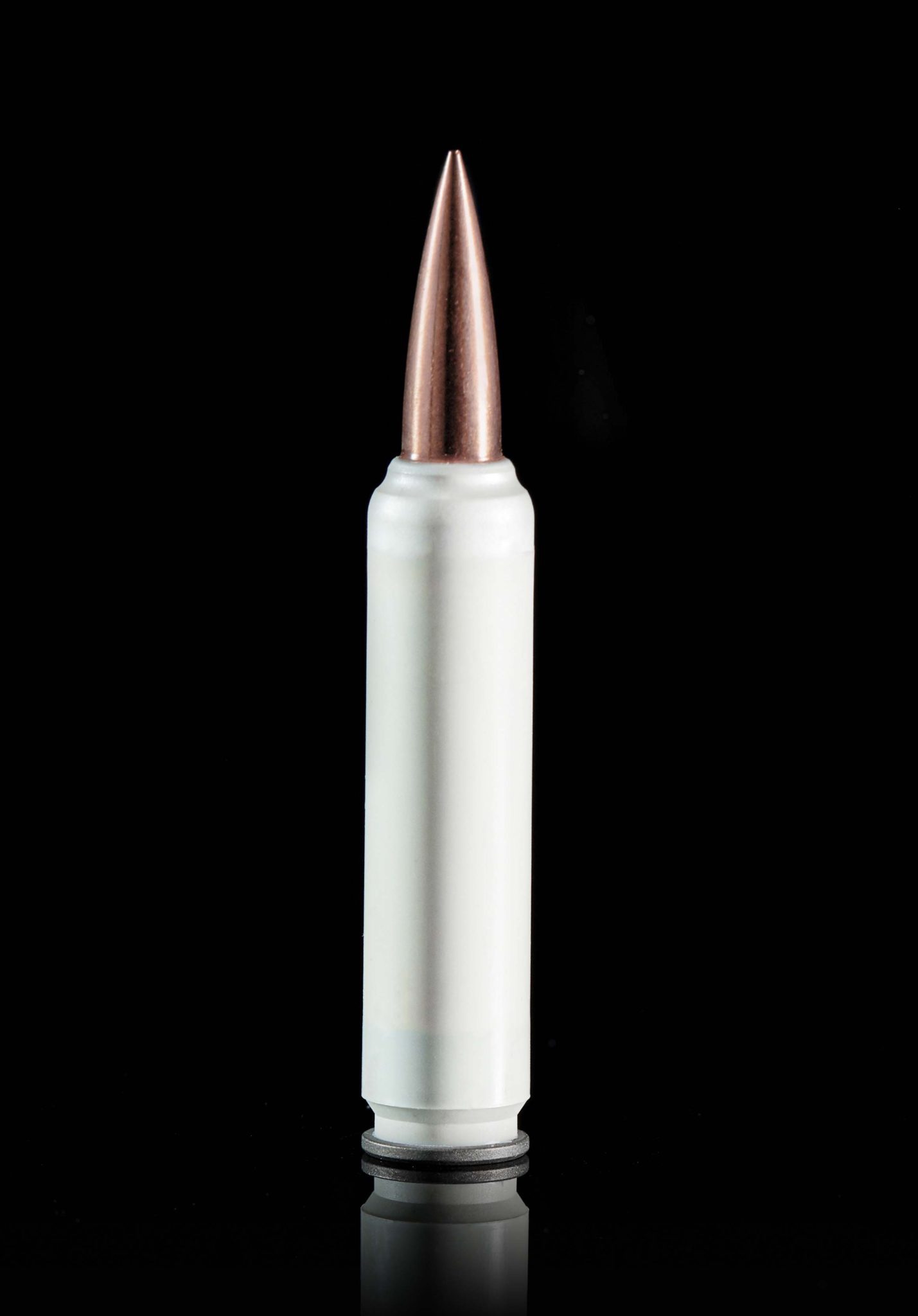
Slightly less ambitious is True Velocity’s polymer cartridge case with its peculiar neck design where the projectile is inserted into the case. TV’s ammunition is intended to be manufactured in their proprietary machines.
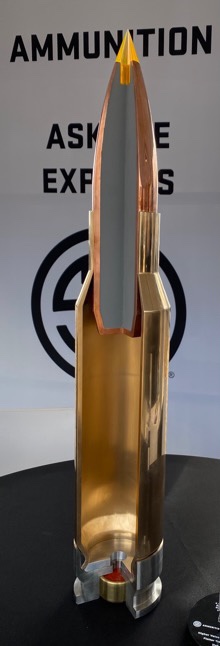
Finally, SIG SAUER’s ammunition division introduced a hybrid case with a brass body and steel head. With this construction, they claim to gain an significant increase in velocity over conventional brass ammunition as well as the desired weight reduction. It can be manufactured with current machinery, but adds the step of attaching the two case components together.
However, despite Textron’s exit from the program, I will assert that there are still three candidate cartridges. Along with SIG and True Velocity, the Army is sure to have cooked something up in-house, if only for experimentation purposes to establish a baseline of 6.8 conventional, brass case ammunition.
Both the Army and industry know a lot about how such a cartridge would perform across all JPEO Ammunition’s requirements and how to manufacture it with the machines currently located at Lake City Army Ammunition Plant.
In fact, no matter which type of ammunition is elected for NGSW, it will be manufactured at Lake City Army Ammunition Plant. The program has budgeted for a new next gen ammo building there.
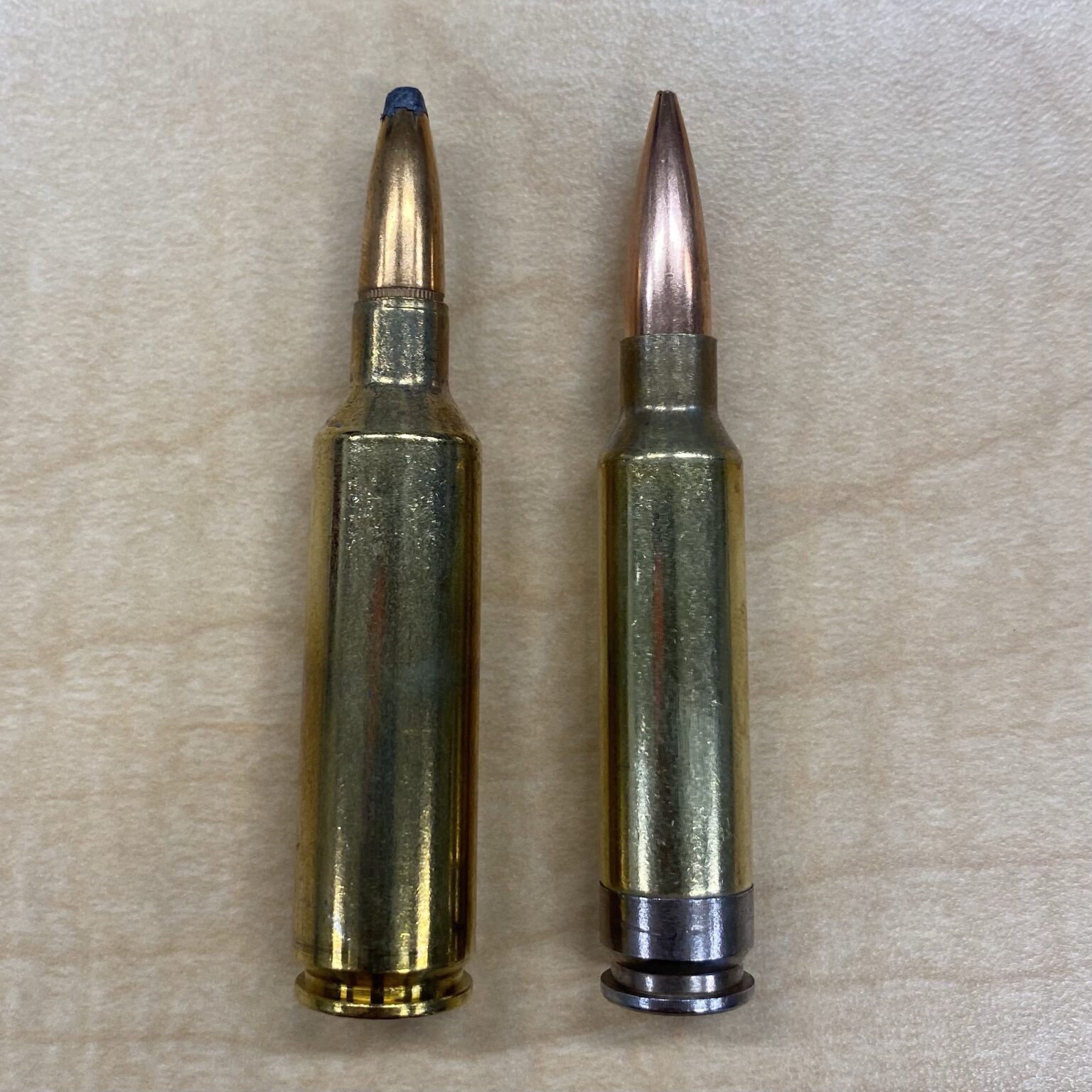
You’ll note that NGSW is a Carbine and SAW replacement and those are currently 5.56mm weapons. When you consider that the next gen is 6.8mm, regardless of which form it takes, is the equivalent of 270 WSM, then you realize it will outperform 7.62mm NATO. Then, you’ll ask yourself why you’d provide the Infantry Company a weapon with a shorter range which delivers less energy on target than what the Squad is carrying. From the beginning, it was a forgone conclusion that if feasible, at least some of the M240s in inventory (around 100,000 across DoD) would be rechambered to 6.8.
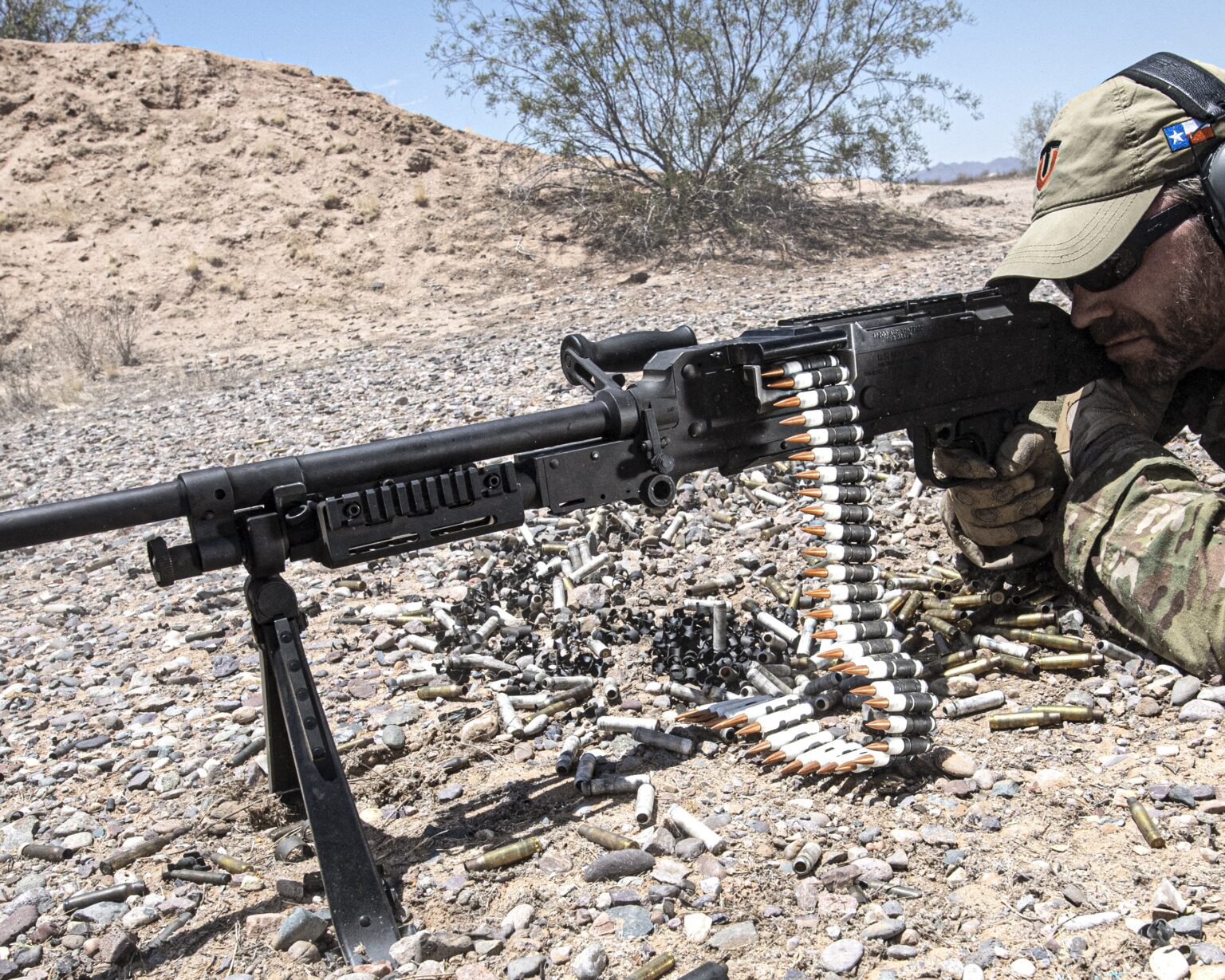
In fact, True Velocity demonstrated this capability in the M240 last year, and reports are that the US Army has conducted experimentation with their own 6.8mm ammunition.
This move makes complete sense and I’m glad to see the Army moving forward with it. However, since the Army has yet to announce which team has won NGSW and therefore which type of ammunition the 6.8 conversion will be required to fire, it will be more difficult for industry to offer specifics in response to the Army’s sources sought notice.
Eric Graves
Editor


I think it also makes sense to have these conversions for the vehicle mounted M240s like the Blackhawk door guns or the coaxial guns in the M1 and M2.
I don’t know what would be required to make a M240 stand up to the 80k PSI MAP of Sig 277 Fury, but I would guess it would need a bolt replacement too. While a bolt + barrel change isn’t insane, it might need even more engineering than that, and it’s an advantage anyways for TV.
Both have the same bolt face measurements as 7.62 otherwise.
The problem with the true velocity “easy button” is in the SAAMI data published last month. The bullet has better BC than .308 but TV isn’t capable of even hitting .308 velocities or energies out of a 24 inch barrel, let alone a 20” or 16”. It’s a significant step backwards in lethality.
SIG was hitting nearly 270wsm velocities(24” test barrel) with a 16” barrel. Again, according to their SAAMI data.
You’re looking at the reference, which has a heavier projectile. The True Velocity 6.8 commercial configuration with a 135-grain bullet is going 3000 fps…
FWIW, the TV 6.8mm conversion on M240s is just a barrel swap.
As seen from 3:18 to 4:01 in this video:
https://www.youtube.com/watch?v=bL1wF-nCGc4
I don’t have authoritative info on the 7.62mm proof round chamber pressure, but if 81k psi is correct, and the 277 Fury is 80k psi, then it would seem that at least a bolt replacement is needed, as well, if converting 240s to that cartridge.
Contingent on the preceding being correct, the TV is the easy button.
TV’s ammunition isn’t easy. It will take years for LCAAP to figure out how to make it. Although it’s mentioned in the article, and obvious in the photo of the TV cartridge, that thing has no neck. It’s because it’s so fragile. Will a ruptured case just split, it will it fragment? What are those rounds going to do in cold and heat? As someone else mentioned, what will they do in glowing red barrels? Sure, we’re not supposed to fire them when we get to that point, but the enemy has a vote. This is only discussing employment in a 240. TV doesn’t even have a belt-fed gun of their own. Not sure how the Marines are doing without their SAWs, but I’m not interested in trading ours in for a BAR. There’s a reason there’s a beltfed in the squad.
As for SIG, how reliable is that case? Will those two pieces blow apart? Are we going to have loads of ruptured case issues? What about that high chamber pressure? Is it going to cause the gun to wear out too quickly?
Eric’s right. This is an ammunition deal and either way, it looks like we’re going to be accepting some risk.
https://www.youtube.com/watch?v=bL1wF-nCGc4
Looks like the TV 6.8 round is running just fine through a 240…
Question for the big brains in the room. How do you reconcile polymer and red hot glowing barrels without catastrophic malfunctions from the casings welding themselves to the chamber. Also how do you prevent said barrels from getting red hot super quickly without brass casings pulling away heat with every ejection.
the very thing I want to know!
Besides the chamber area being the coolest section of the barrel, the case brass is not shown to be a big heat sink relatively speaking.
Calorimetric testing shows the bulk of energy remains in expelled gas, then in the projectile and barrel. Firing schedules can obviously throw more and more energy into the barrel, but in terms of pulling heat away, the brass case doesn’t do a lot, on the whole.
Convection by, and radiation into, the air throughout the barrel is the main cooling action, with conduction into the case doing very little.
“Also how do you prevent said barrels from getting red hot super quickly without brass casings pulling away heat with every ejection.”
That ‘brass removes heat from the chamber’ is a misconception from the caseless ammo trials.
Caseless was causing weapons to overheat much more quickly, giving rise to the idea that brass cases were removing heat from the weapon.
The opposite is true. Brass transfers heat into the weapon with each firing – it just transfers much less heat than a caseless round, which is basically a chunk of compressed powder burning in direct contact with the chamber.
But if you take a gun thats cold and unfired, fire one round and pick up the casing – the casing is very hot. Thats heat that the brass was unable to fully transfer to the weapon before being ejected, not heat its removed.
Polymer is a poor conductor of heat compared to metal, so polymer ammo will heat up a weapons chamber more slowly compared to brass. This phenomenon is observed similarly – ejected polymer cases are cool to the touch. So a weapon firing polymer ammo will be able to fire more rounds before reaching cookoff temperature. Thats one of its advantages.
“Polymer is a poor conductor of heat” but the steel head and projectile aren’t.
If the barrel is hot enough to glow, polymer ammo will melt if there’s any dwell time (i.e., fire the weapon on full auto for 30 rounds and stop and let the next round sit there cooling the barrel).
As an MG, the M240 fires from an open bolt. One interesting feature in the TV RM777 AR is that it is selectable, open or closed bolt.
Hmm. So the ammo is a go. The TV round works with M240 and Sig’s doesn’t very well. Sig has it’s own MG which is a good design but they want to stick with M240…
Does this mean that they are going to adapt the strange bullpup rifle, but not the terrible-idea 20-round bullpup MG? Actually, that would make some sense.
There is a lot of talk of weight savings with this ammo but what is the actual weight increase when comparing the new 6.8 to the 5.56 Green Tip? What is the rifle weight in comparison to the M4?
Go read the article.
Based on what I know of Army testing, the SIG round will be just fine, just like conventional brass ammo and the TV polymer.
The Army has tens of thousands of M240s that will underperform the NGSW AR. That’s why they are doing this. They have no intention of dumping the AR portion of NGSW. In fact, it’s the more crucial and desires of the two weapons.
The SAWs as we know them today are on their way out in Infantry, Cav Scout and Engineer formations. They will be replaced by either another beltfed or a boxfed gun in 6.8.
I will go one step further. On top of the Army testing high pressure 6.8 ammo through the 240, FN submitted the HAMR and Evolys for NGSW. Their ammo from Federal was also a high pressure cartridge. FN didn’t make weight, otherwise they’d probably be in the finals.
Dont think that you need a low pressure cartridge to continue to use the M240.
How do you keep similar external case dimensions without giving up internal volume to polymer wall thickness? If you give up internal volume you give up max load, conflagration properties. TV’s “solution” sounds more like someone ordered ammo through GreenPeace.
And I’m still skeptical regarding weight-savings claims.
One of the main pillars of TV’s ammunition is “Significant heat transfer reduction to the barrel of the gun reduces wear and tear on the weapon.” I will not consider this as a hard use replacement for brass cased ammo on a belt fed system until this claim is proven.
Simply shoot a course of fire, say 500 rounds of brass cased 7.62, and record the temperatures taken at the chamber, throat, and gas block. Repeat the trial after everything has cooled with the 7.62 polymer ammo and compare the temperatures.
I expect there would be a high temperature at the throat of the barrel when shooting the polymer cased ammo. This simple test stands to gain True Velocity a lot of credibility… if it’s in fact true.
Here is one that I’ve not heard discussed. Has anyone thought about how to deal with the spent cases as retrograde? Can the polymer be recycled? Would the hybrid brass/steel case cause issues with recycling? Just curious since dealing with retrograde from a range was always a pain when I was in the service.
I know that TV’s ammo can be recycled. SIG’s solution is metal, mostly brass, so it can as well. I know the Army has looked at hybrid case as well as steel cased ammo for different projects.
Many thanks SSD, I appreciate the information.
Every performance concern expressed so far will be evaluated by the Army’s big brains at Aberdeen/Picatinny before a decision is made on a path forward on this line of effort.
Right now, it’s all just mental masturbation.